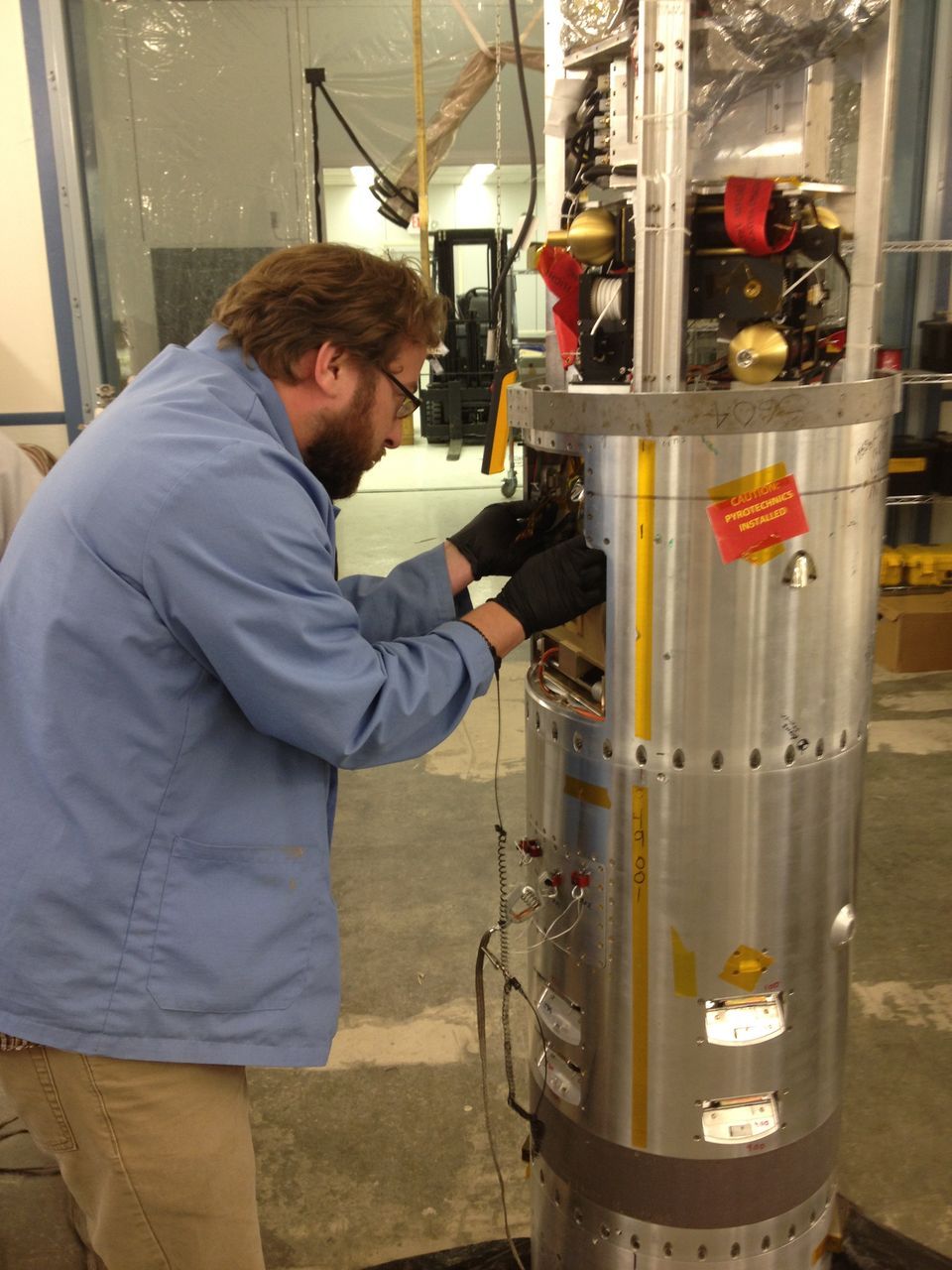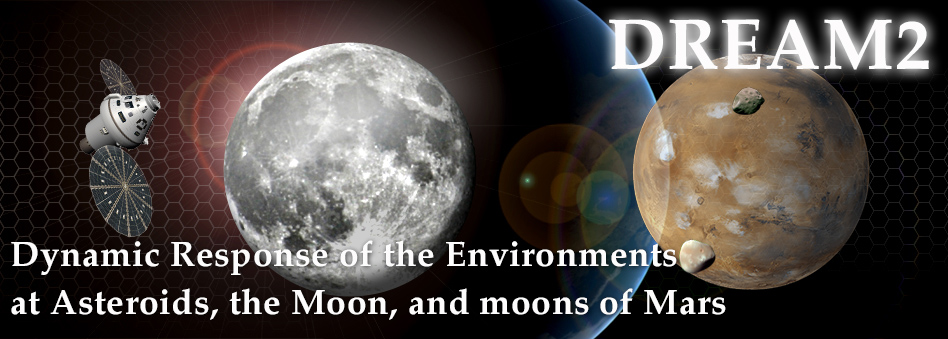Dynamic Response of the Environments at Asteroids, the Moon, and moons of Mars
 |
Jason McLain
1. What is your role on the DREAM2 team?
I am performing laboratory experiments to study the evolution of volatiles on lunar soil.
2. What about DREAM2 do you find most interesting? Most challenging?
The opportunity to experiment with Apollo-era lunar samples is very exciting. The most challenging aspect of my job is designing the surface science experiments at the high energy beam facility. These experiments require ultrahigh vacuum equipment, UV and IR spectrometers, ion and electron beam equipment, and surface analysis.
3. Were you a part of the original DREAM team, funded through the NASA Lunar Science Institute? If so, what was your favorite science result?
Yes. I was excited to learn about how the lunar surface changes its electrical potential depending on shadowing effects.
4. What other NASA programs or missions have you participated in?
During my two-year fellowship at Goddard Space Flight Center with the NASA Postdoctoral Program, I was involved in the sounding rocket mission, VISIONS. I also attended the 1st NASA GSFC Planetary Science Winter School in 2015.
5. What kind/level of education do you have?
Bachelors in Chemical Engineering, PhD in Experimental Physical Chemistry, Postdoctoral Fellowships: Georgia Institute of Technology and NASA Goddard Space Flight Center
6. What advice do you have for students who want to work for NASA or on NASA-related research?
There are many opportunities at NASA for students of all fields. A good way to start is to find a mentor at NASA that you share common interest.
7. What are your favorite things to do outside of work?
Playing ball with my son, mountain biking and hiking.


